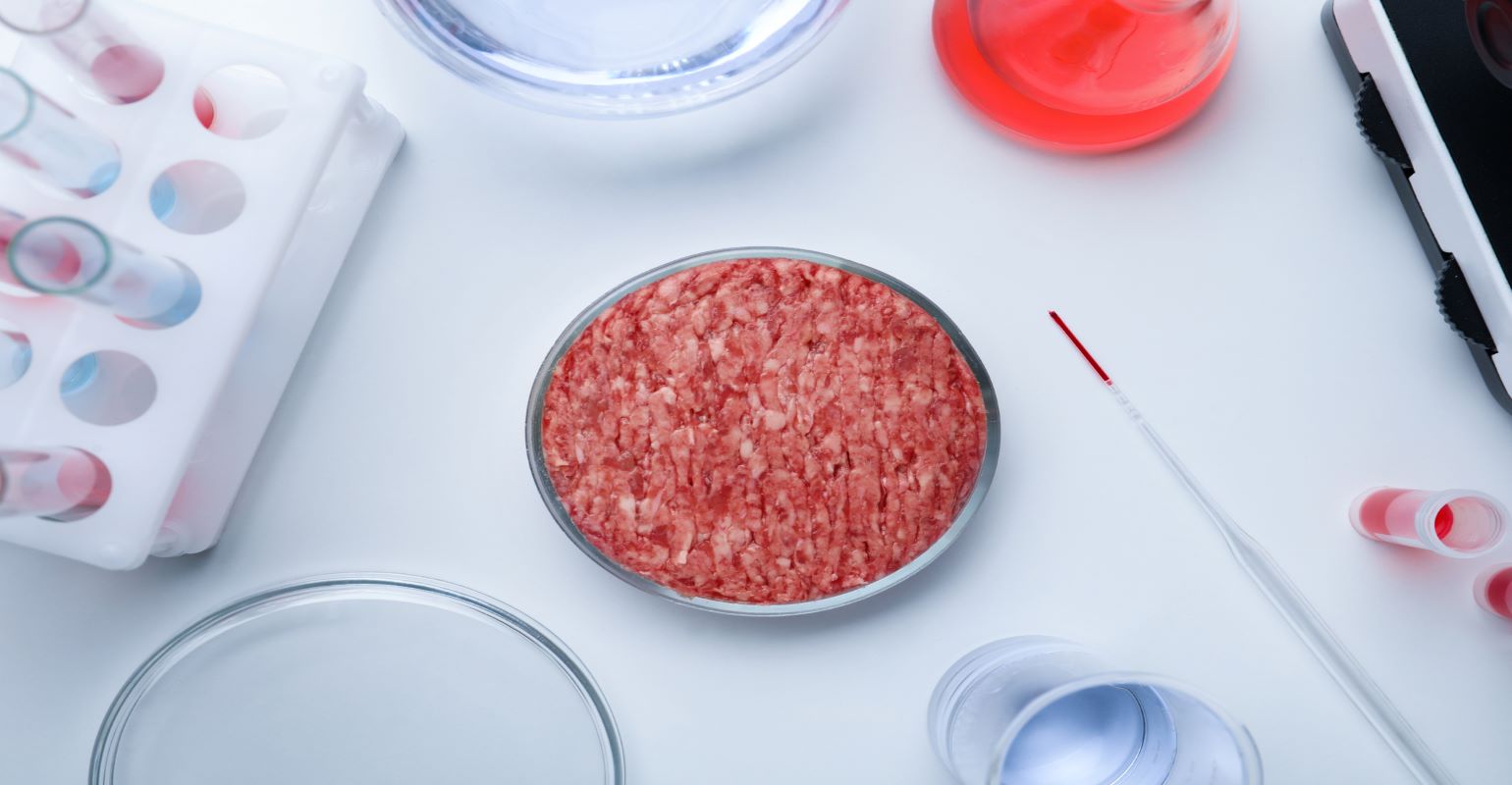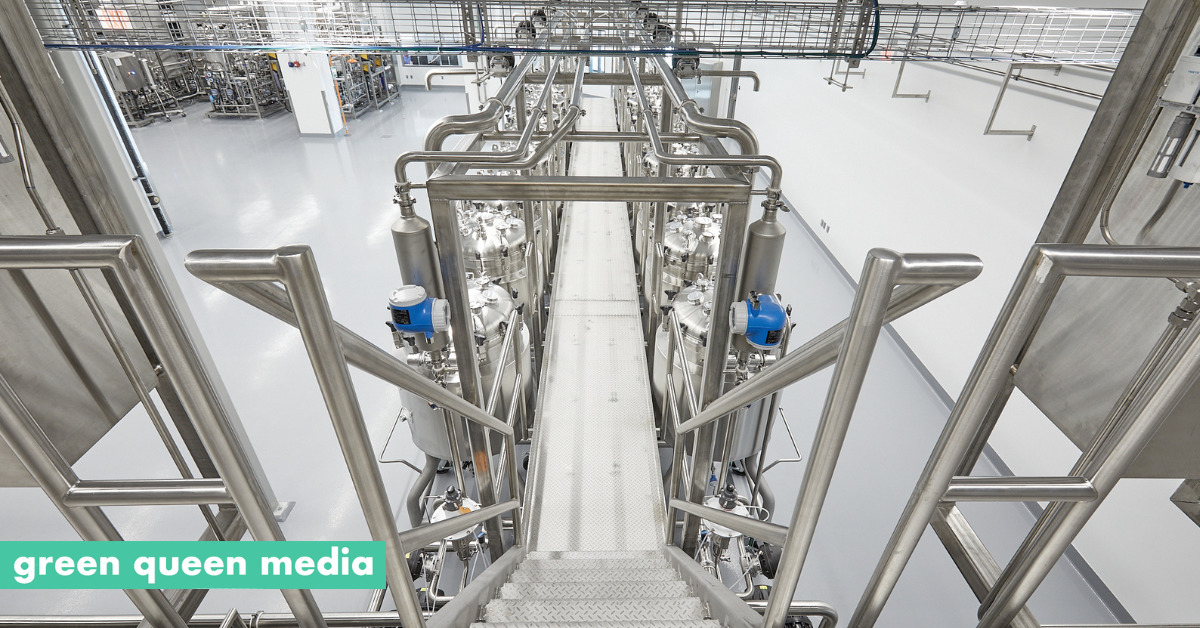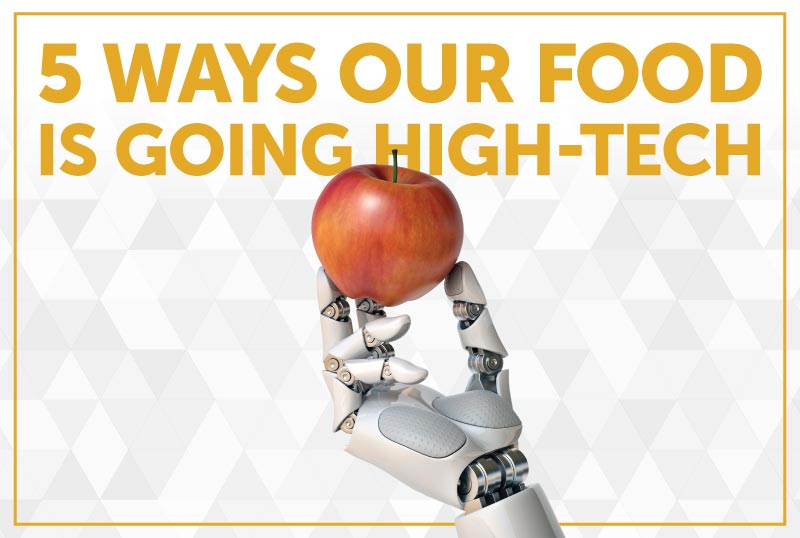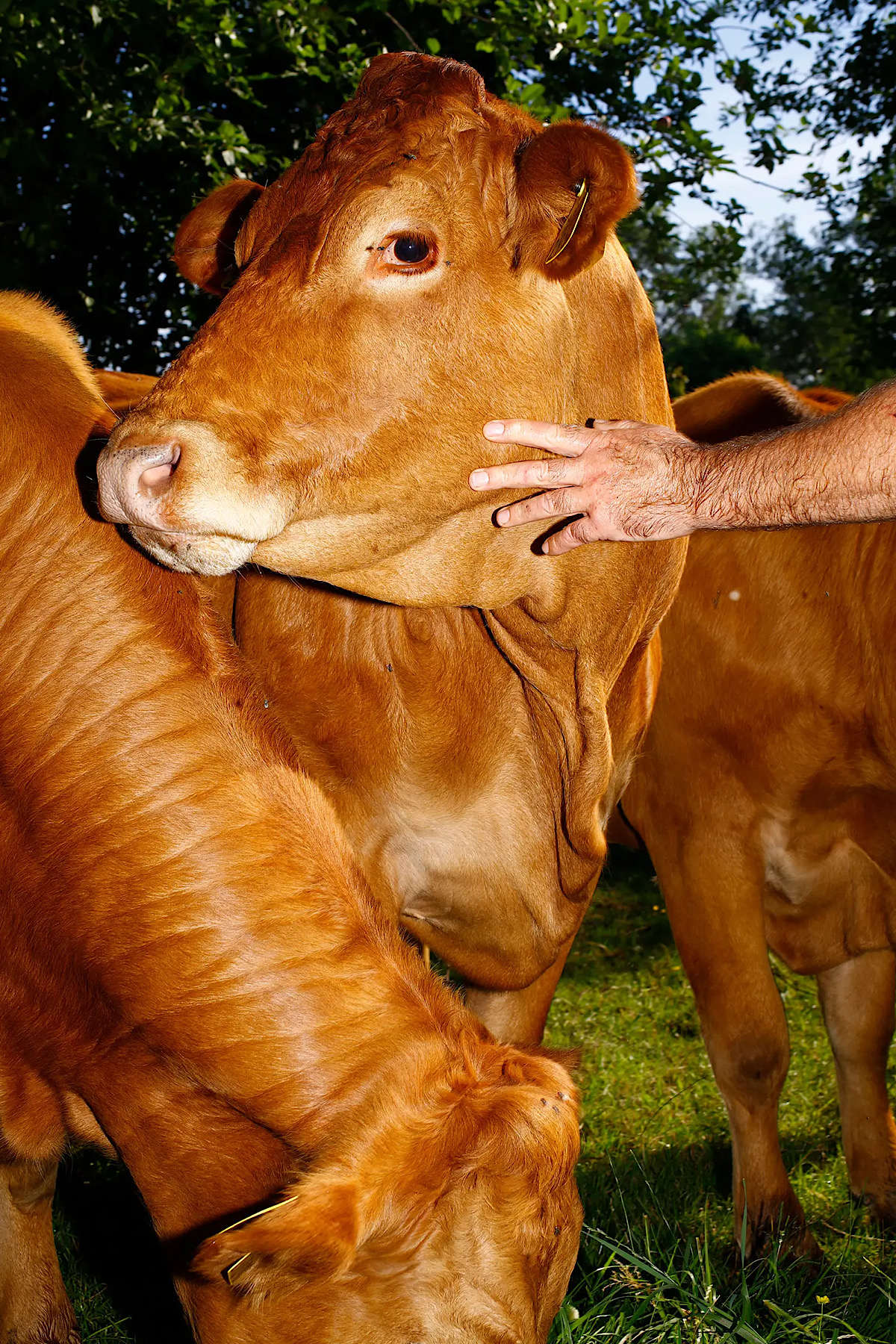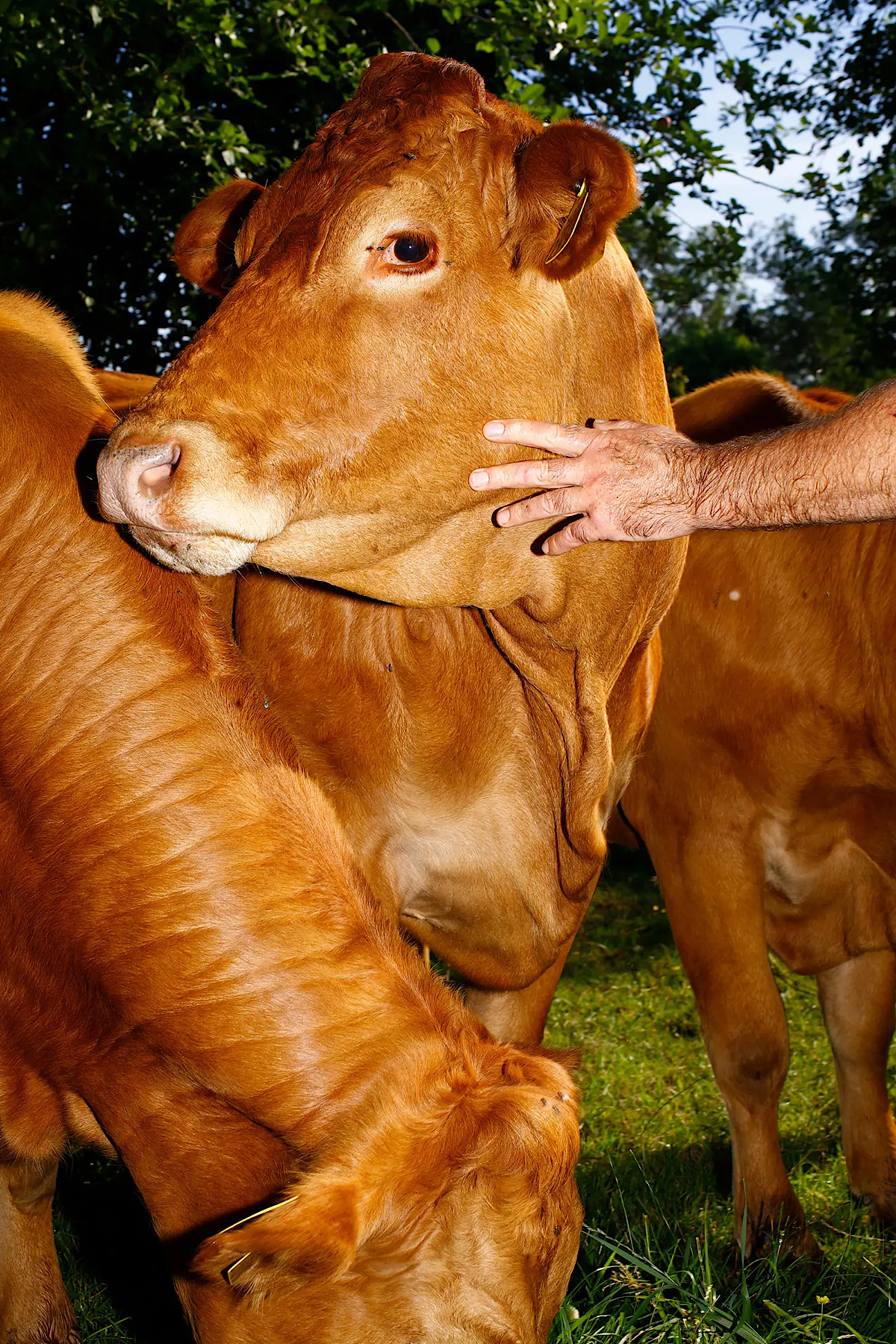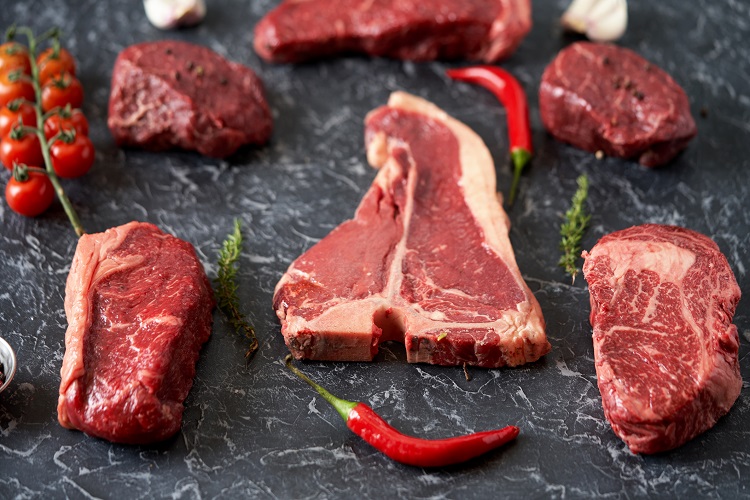Feeding the world’s growing demand for protein sustainably requires dedication, innovation, and a commitment to move away from traditional animal sources. Thankfully, the teams competing in XPRIZE Feed the Next Billion are doing just that, all across the globe. For the layperson, though, understanding and differentiating all the technologies used to create alternative proteins can… Continue reading What are Alternative Proteins and Where Do They Come From?
The Cost of Lab-Grown Chicken Dropped by More Than Half This Year
This year saw significant rises in consumer prices across all sorts of goods, one of them being food. Amid supply chain complications, labor shortages, and plant closures, meat prices shot up, in some cases to double what they’d been a year prior. Chicken was no exception, with consumers and restaurants paying up to 125 percent…
Singapore just became the first nation to approve cell-cultured meat for human consumption
According to the release, Eat Just (formerly known as Just, Inc., and Hampton Creek before that) has processed over 20 runs of the product, which it will brand under the name GOOD Meat. (The company gave me early details about its approach in a 2018 profile.) The Counter’s questions about Eat Just’s current production capacity…
Proper labeling encouraged for cell-cultured meat
One thing is clear when it comes to cell-cultured meat—livestock organizations and food watch groups want it clearly labeled. Cell-cultured meat (aka lab meat) is a cellular product gathered from an animal and grown in a petri dish in a lab. Related: How to deal with cold or frozen calvesThe 60-day period for comments to…
UPSIDE Foods’ New ‘EPIC’ Facility Can Make 400,000 Pounds of Cultivated Meat a Year
UPSIDE Foods’ New ‘EPIC’ Facility Can Make 400,000 Pounds of Cultivated Meat a Year – Green Queen HomeAlt ProteinUPSIDE Foods’ New ‘EPIC’ Facility Can Make 400,000 Pounds of Cultivated Meat a Year { if (e.data.hasOwnProperty(“frameHeight”)) { document.getElementById(“happyerJobs”).style.height = `${e.data.frameHeight + 20}px`; } }; $(“.target_blank a”).attr(‘target’,’_blank’); if (window.location.href.indexOf(“/wpbdm-region/”) > -1) { $(“#wpbdp-categories”).hide(); } $(‘.footer-green-queen-logo’).prependTo(“.site-footer”); }); })(jQuery);…
5 Ways Our Food Is Going High-Tech
=2) { var prefix= encodeURIComponent(parameter)+’=’; var pars= urlparts[1].split(/[&;]/g); //reverse iteration as may be destructive for (var i= pars.length; i– > 0;) { //idiom for string.startsWith if (pars[i].lastIndexOf(prefix, 0) !== -1) { pars.splice(i, 1); } } url= urlparts[0] + (pars.length > 0 ? ‘?’ + pars.join(‘&’) : “”); return url; } else { return url; }…
The Cow That Could Feed the Planet – Synthetarian
Limousin cows in Farmer John’s pasture. Mosa Meat will cultivate their cells in a lab to grow into hamburger that is genetically identical, no slaughter required BY ARYN BAKER The cows in Farmer John’s pasture lead an idyllic life. They roam through tree-shaded meadows, tearing up mouthfuls of clover while nursing their calves in tranquility. Tawny…
The Cow That Could Feed the Planet
Limousin cows in Farmer John’s pasture. Mosa Meat will cultivate their cells in a lab to grow into hamburger that is genetically identical, no slaughter required BY ARYN BAKER The cows in Farmer John’s pasture lead an idyllic life. They roam through tree-shaded meadows, tearing up mouthfuls of clover while nursing their calves in tranquility. Tawny…
Cost-efficient scaffolding tech developed for cultivated meat at scale
The ‘main challenge’ for cultured meat companies, according to entrepreneur Märt-Erik Martens, is a lack of ‘good scaffolding solutions’ on the market.Estonian start-up Gelatex, which Martens co-founded and heads up as CEO, is working to change that. Established in 2016, Gelatex pivoted into the cultured meat space last year with scaffolding technology it claims is…
Immortalizing Cells for Human Consumption – Synthetarian
Abstract The need to produce immortal, food-relevant cell lines is one of the most pressing challenges of cellular agriculture, the field which seeks to produce meat and other animal products via tissue engineering and synthetic biology. Immortal cell lines have a long and complicated story, from the first recognized immortal human cell lines taken from…



